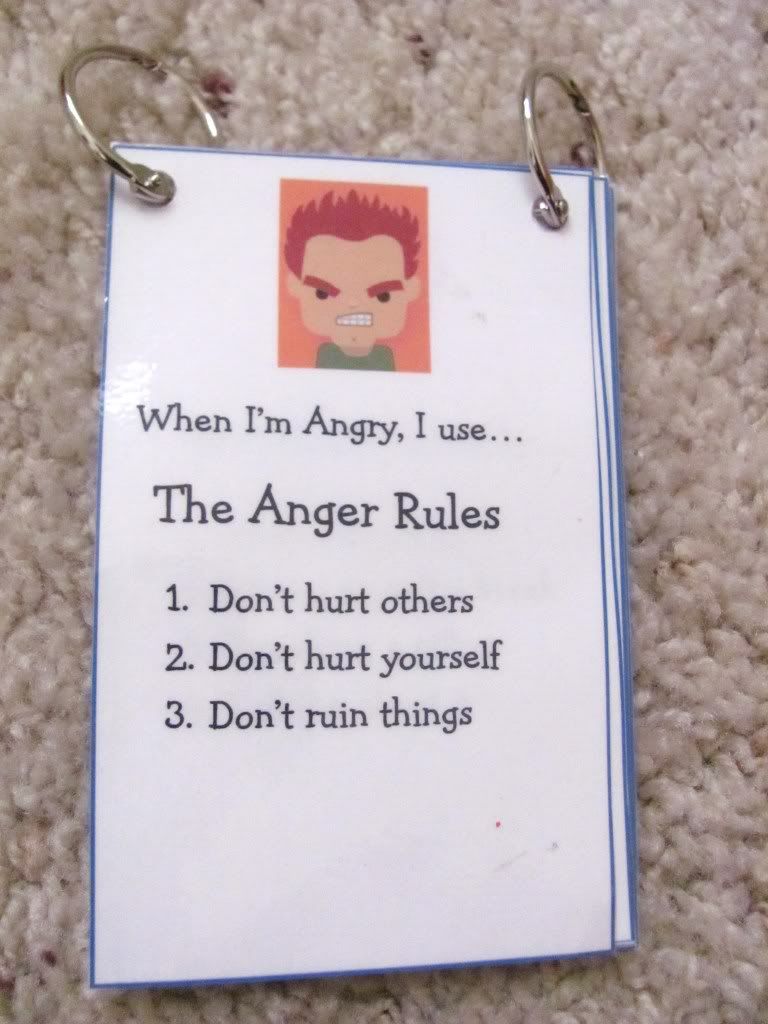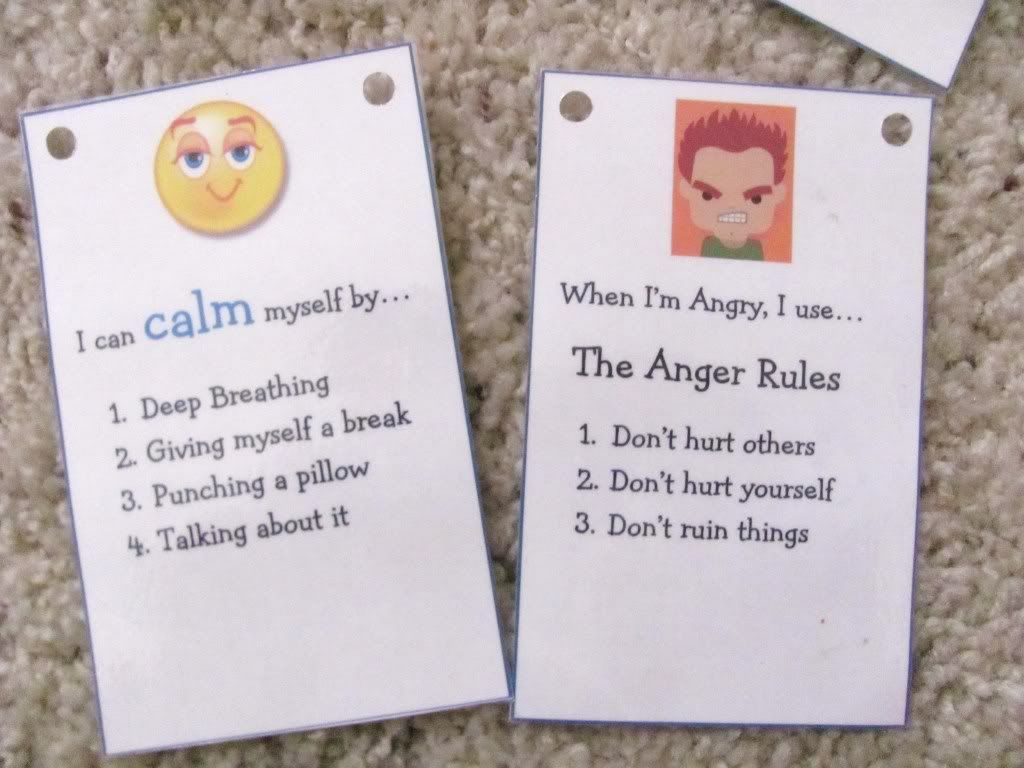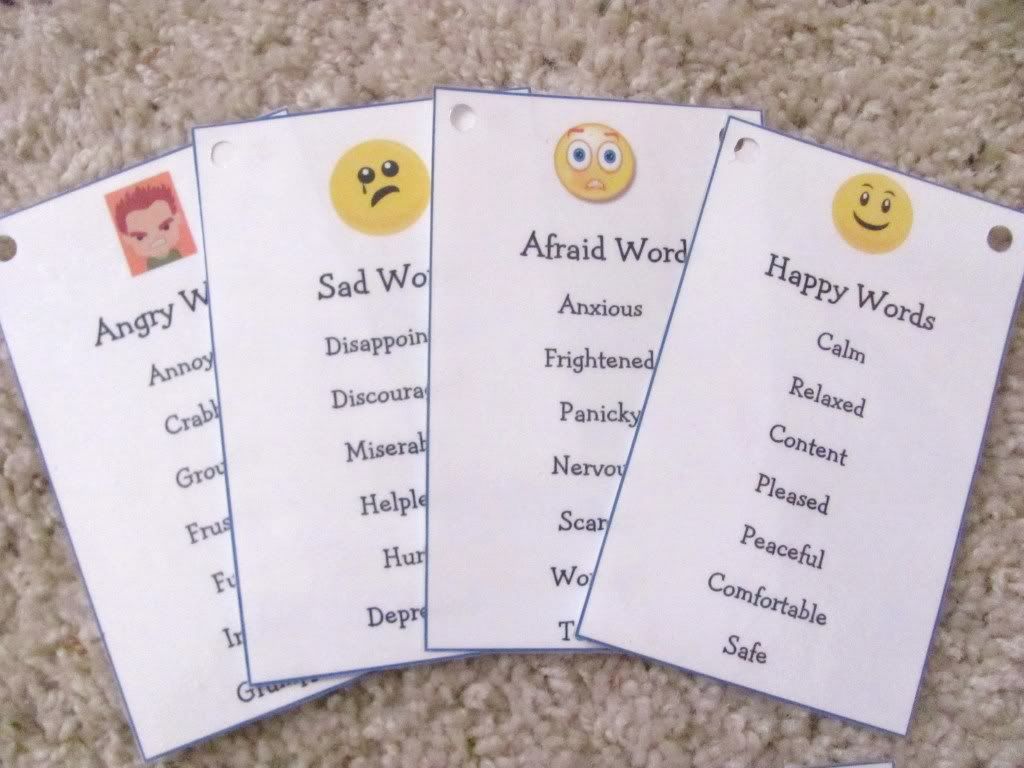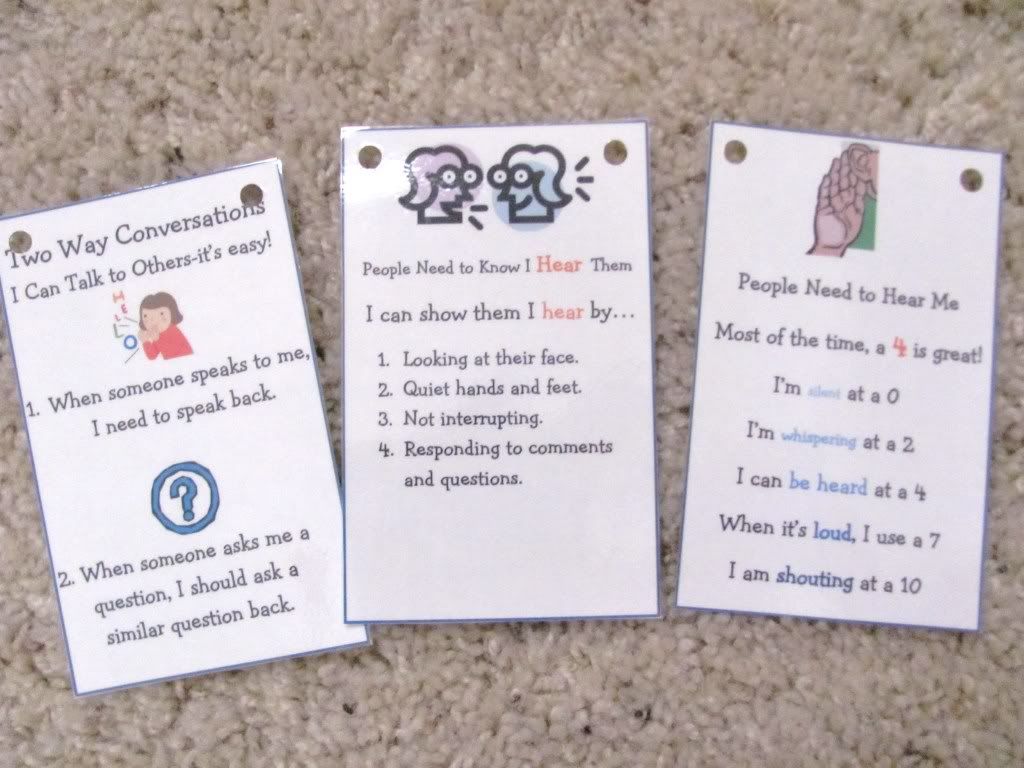Believe it or not, we have been doing the gluten free, dairy free diet for 7 months! Feels like our new normal now. Initially I updated you all on how the diet has helped Little Bean with some of his behaviors related to autism. I don't think I have done an update in a while, but wanted to do one, and let you know how wonderfully this diet has helped him.
In the beginning when we would see improvement in a particular area it was always such an amazing thing and we really took note of it. As he settled into the diet, and the concerning behaviors diminished, we became used to the "new" him. (I don't want anyone to be offended by that statement. We love our little man no matter how he behaves, but I will say the "new" him is much more happy and well-adjusted than the him we knew prior to our diet).
Around Thanksgiving we took a trip to CA to visit my parents and family. My dear mom took great pains to see to it that the kids stayed on their diet while we were staying at her house. I know how overwhelming the diet can be in the beginning, but she did a great job of helping us cook a gluten free, dairy free Thanksgiving meal for them and purchased special foods for them as well. All week, Little Bean did very, very well. We got several comments from family saying how they have noticed the changes in him. We started this diet after leaving CA, so to hear that felt good; knowing that we weren't just imagining the changes, but others could see them too. Both Little Bean's great grandmother and his aunt commented on how he would give hugs now, without holding back. If you have an autistic child who doesn't hug, to have him learn to open up and enjoy that simple sign of affection is a great feeling.
When we got home that week, Little Bean regressed. We saw more of the self-stimulating behaviors, more aggression and problems with impulse control. It really scared me. I thought, "Are we really back at square one?" I wondered if the diet only works for so long. The days after his diagnosis, when his behavior was so terrifying were some of the darkest days of my life. I really thought that. ya know, in a few years from now we would have this huge, uncontrollable child who needed to be medicated or institutionalized due to his aggressive behaviors. I never want to go back to that. It took about a week, but eventually the behaviors went back to normal, and I can only surmise it to be one of two things: 1) maybe he accidentally ate something while in CA that caused the reaction (the only thing I can think of is coconut milk, since he had not previously had that), or 2) it could be that he has a problem with apples too. When we got back, the only fruit we had were apples, lol, because they stay fresh for so long. We were super busy, so the kids ate alot of apples that week since we couldn't make it to the store. Apples contain something called a salicylate (and that's about all I know about them! I don't even know if I spelled that right!) which children with autism are sometimes sensitive to. Berries and almonds have it too, and we have found that he has problems with both of those--he has not been eating those for a long time either. In any case, we stopped giving him apples and he has gotten back to his normal brands of gluten free foods, and we have since seen the behavior problems go away.
One thing that incident taught me was how the diet isn't therapy. Therapy theoretically will teach the child ways to cope that are more appropriate and pleasant. The diet is different. It diminishes his behavior problems, and enhances his ability to cope by making him feel better physically. But should the diet be interrupted, we realized he had not really learned how to deal with life in better ways, he had not learned coping strategies, he had only masked the problems with diet. I'm not saying that's a bad thing. If diet works (or when therapy doesn't, as in our case), then I think it's a valid option. Is it feasible to do it forever? I don't know. This is all food for thought, I suppose.
Fast forward to Christmas, and of course things got a little hectic again. It was our first Christmas in this part of the country and Raymond's parents and his sister's family came down. They have three boys, all 6 and under, and things were a little crazy (that's putting it mildly). Finally Little Bean freaked out started crying because they were all getting into his toys and wouldn't put them back in the right places. I think my sister in law and brother in law were shocked. They haven't been around him since he was small, and haven't really seen a lot of his autistic behavior. They watched as he slowly relaxed as his toys were put back in place and his room closed off for the night. Another reminder that the diet (at least for Little Bean) isn't a cure. He has autism and always will. But the diet helps.
Just before Christmas, Little Bean lost his first tooth. It had been loose for months, and the adult tooth had already grown behind. We were sitting at the table doing spelling when all of the sudden I noticed that his tooth was gone. How I noticed the moment it happened, I don't know. But I said, "Hey, where's your tooth!? Did it fall out?" And in that moment, Little Bean realized that he must have swallowed it. We were all cheering and trying to show him in the mirror the much anticipated missing tooth, but he flipped out. He started crying and hopped up from his chair and started gagging like he was going to throw up. I ran to get him a bucket because he really seemed like he would throw up any moment. Blood was dripping from his mouth because he was not swallowing and was all drooly. Nothing would calm him down. :( All I can think was the sensation of the blood and the missing tooth and the knowledge that he had swallowed an inedible object was too much for him. Eventually, he calmed down and wrote a letter to the tooth fairly explaining what had happened. She pays extra for swallowed teeth of course! ;)
I'd like to spend some time doing a post on what brands we have found tasty that are gluten/dairy free. I know it'll take a while to write up, which is why it hasn't happened yet, but hopefully will in the future. Anyway, that's where we are at right now with the diet, and no plans to change any time soon.
I'd like to spend some time doing a post on what brands we have found tasty that are gluten/dairy free. I know it'll take a while to write up, which is why it hasn't happened yet, but hopefully will in the future. Anyway, that's where we are at right now with the diet, and no plans to change any time soon.







































